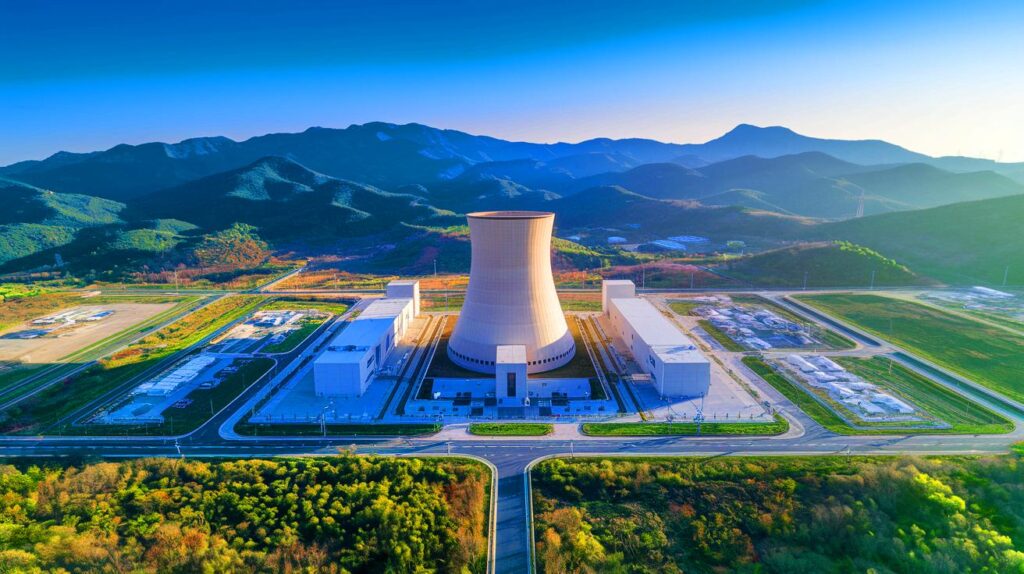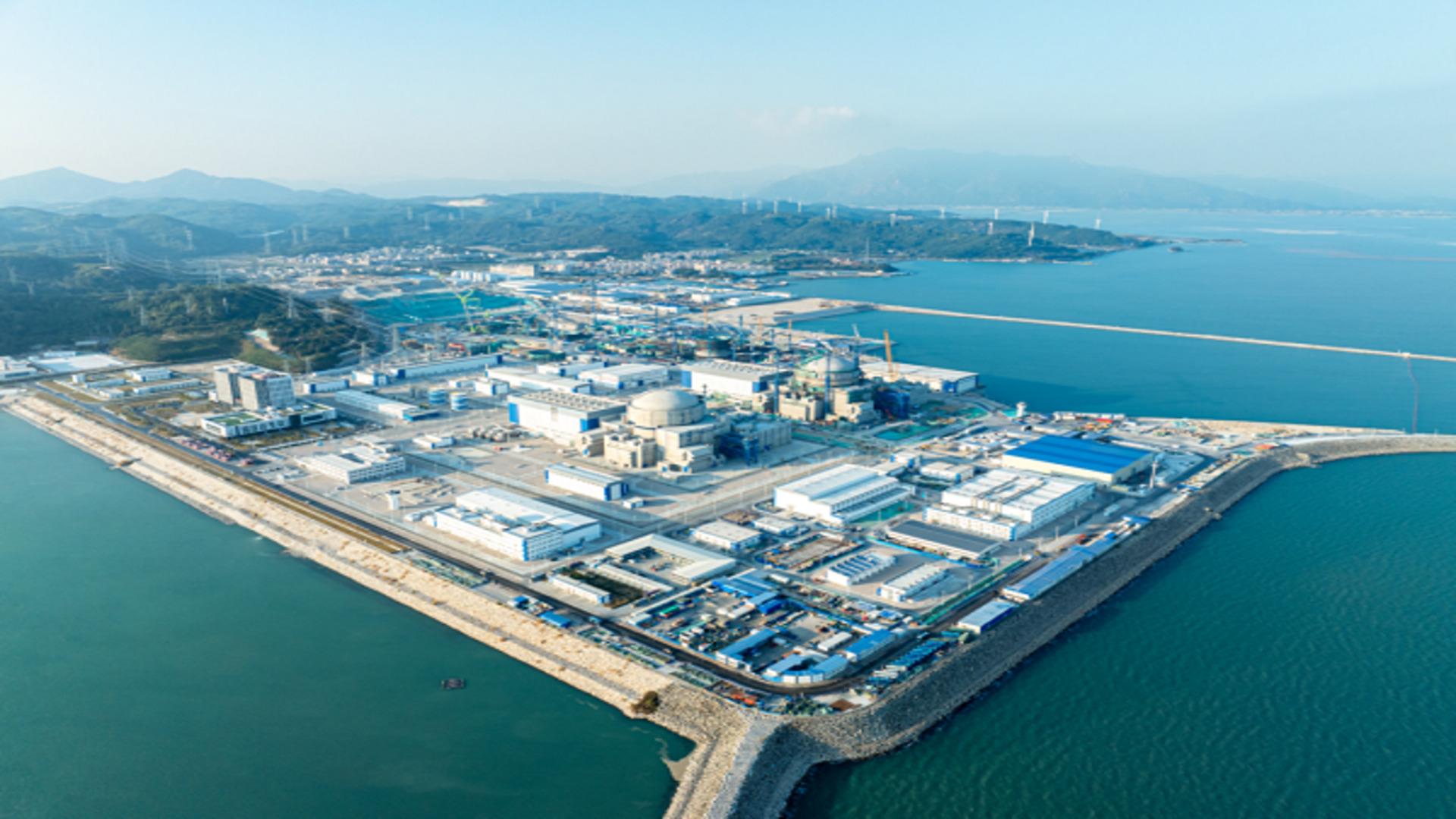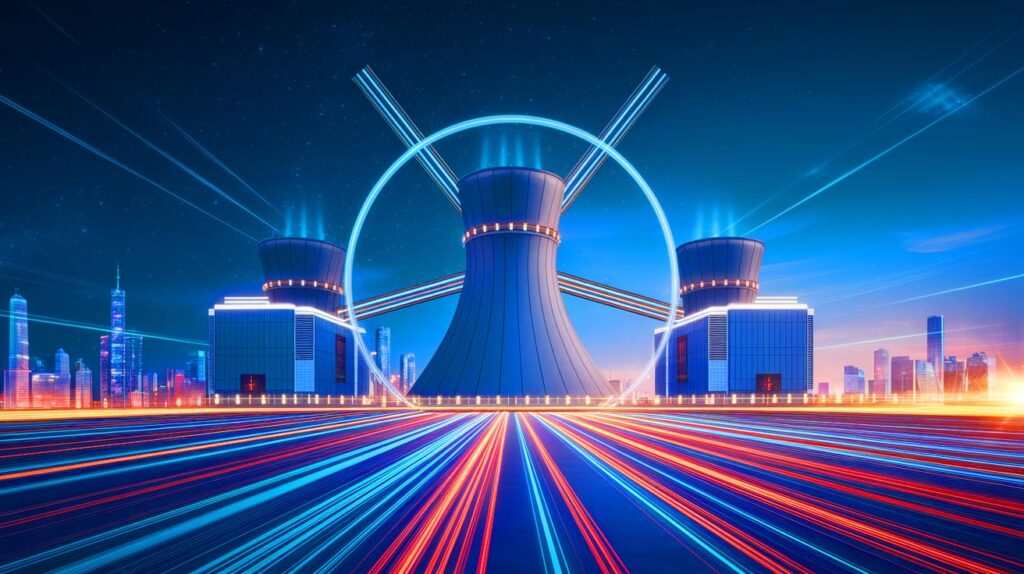| In Brief |
|
The recent completion of functional hot tests marks a decisive advancement for the Zhangzhou nuclear power plant in China. This crucial step allows for the next phase: fuel loading and connection to the national power grid. Located in Fujian province, this facility made headlines when it commissioned its first unit on January 1, 2025. Now, it is time for the second unit to reach this stage, confirming the central role of this installation in the country’s energy supply. Hot tests are essential to ensure that all safety and cooling systems operate correctly, simulating the thermal operating conditions of the plant.
Preparations for Commercial Launch
The Hualong-1 reactor, the heart of the Zhangzhou plant, represents a major advancement in third-generation nuclear technology. This achievement highlights China’s significant progress in developing advanced and indigenous energy solutions to meet its growing electricity needs. Owned by CNNC-Guodian Zhangzhou Energy, a joint venture between CNNC (51%) and China Guodian Corporation (49%), this reactor utilizes a three-loop pressurized design, integrating features from CNNC’s ACP1000 and CGN’s ACPR1000+ models.
“The hot functional test of unit No. 2 at the Zhangzhou nuclear power plant is complete,” states Mei Bingyun, chief engineer of CNNC Zhangzhou Energy Co., Ltd. Fuel loading and grid connection will follow as scheduled, with commercial operation expected in the fourth quarter of this year. Ultimately, the plant will include six nuclear units, each with a capacity of one million kilowatts, forming a significant energy center to support China’s long-term electricity needs.
Project Expectations
While only the first unit is currently in commercial operation, the construction of three additional reactors is progressing rapidly, showcasing steady advancements in the phased development of the project. Once all six units are operational at full capacity, the Zhangzhou nuclear power plant will achieve a total installed capacity of approximately 7.2 million kilowatts. Each reactor is expected to produce more than 10 billion kilowatt-hours of clean electricity annually.
According to CNNC, this production could satisfy the annual electricity and domestic energy needs of one million people in moderately developed countries. The plant plans to reduce standard coal consumption by 3.12 million tons and carbon dioxide emissions by 8.16 million tons, creating an environmental benefit equivalent to planting over 70 million trees each year. This will play a crucial role in supporting China’s efforts to transition to low-carbon energy, reducing emissions while meeting the country’s growing energy demand reliably and sustainably.
Environmental and Technological Issues
The Zhangzhou plant is not only an ambitious energy production project but also positions itself as a key player in reducing China’s carbon emissions. With cutting-edge technology like the Hualong-1, China asserts its presence among global nuclear technology leaders. This model has become the most deployed third-generation nuclear technology worldwide, both in operation and construction, enhancing China’s overall competitiveness in this sector.
The energy transition to cleaner sources is imperative to meet current climate challenges. With ambitious goals, Beijing aims to double the share of nuclear energy in electricity generation to reach 10% by 2035 and 18% by 2060. This underscores the country’s determination to diversify its energy sources while meeting its environmental commitments.
Future Perspectives
As China continues to invest in nuclear energy, the Zhangzhou plant serves as a model for future projects. Its success could influence political and economic decisions regarding nuclear energy not only in China but also internationally. The innovation and expertise developed through this project could pave the way for new collaborations and the export of Chinese technologies to other countries seeking sustainable and efficient energy solutions.
The question remains how these developments will change the global energy landscape. What will be China’s influence on the global nuclear energy market in the coming decades? Will other nations follow suit towards a sustainable energy transition?









